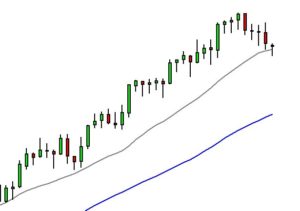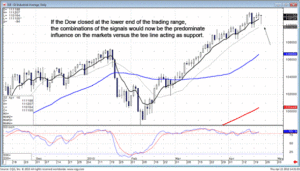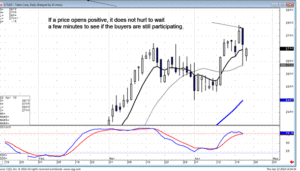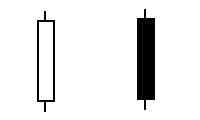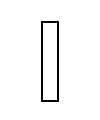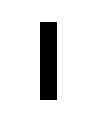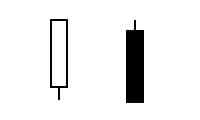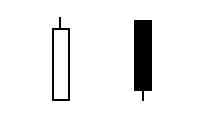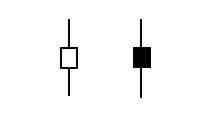Selecting an options trading advisor is an important step in preparing to trade options. Before we break down the different types of accounts, let’s talk with the beginners first. If you have experience investing in the stock market, you probably already know that you can trade options with you current account.
Selecting An Options Trading Advisor
For the beginner, this is a very important step. In fact, selecting an options trading advisor and creating a stock trading plan are the two most important things you can do prior to entering the market. The critical factors in selecting an options trading advisor are:
- Knowing Yourself – Be honest in evaluating your tendencies; are you a risk taker? Do you like to study and do research? Do you enjoy the idea of investment risk? Do you realize that you have more dollars than sense? You know the answers to questions like these; it is important that you understand your tendencies because there are options trading advisors for every personality type.
- Knowing The Available Advisors – Sounds difficult but once you have done a self-evaluation, you are well on your way to finding the right options trading advisor for you. Investment firms offer a number of different accounts types based on the needs you have.
What Are The Different Types of Accounts?
Trading accounts vary based of level of service, cost and available resources. The list below will give you an idea of the different types of accounts available:
- Discount Trade – This type of account is intended for the experienced trader; you will not have the security of an options trading advisor. Because you will be calling your directly to the order desk or the floor, you will receive nearly instantaneous placing of orders. The commissions for discount trades are low but little is available as far as research or recommendations from an options trading advisor.
- Internet Trade – Is it important to you to talk with an options trading advisor? If not, Internet trade may be the way for you to go. You can place trades, cancel replace orders, view your account status and get real time quotes, all with the click of your mouse. Since you are handling your own account, commissions are low, ranging from $10 to $40 per transaction. Like discount trades, this isn’t recommended as the best alternative for beginners because there is little support beyond implementing positions.
- Broker Assisted Accounts – If you have some experience in the stock market but still need the guidance of an options trading advisor, this is an excellent option. In addition a beginner who is extremely disciplined and dedicated to learning might be interested in this level of support. Options trading advisors are available to help you with information, advice, placing orders and charting. Prices are in the $50 range per transaction which falls directly between discount trades and full service brokers.
- Full Service Recommendations – With this type of options trading advisor you will likely be on a first-name basis, since he or she will probably be assigned to your account. Such advisors will be able to help you form an investment philosophy as well as placing trades, offering investment advice and reviewing your individual trades. This is the most expensive option but the best for the beginner or the investor that doesn’t want to spend the time to research and chart potential positions. Commissions for a service such as this range upwards of $100.
- Day Traders – Do you want to participate in the lightening quick trading of day trading? If you want to regularly trade in and out of positions on the same day? If you are committed to turning your positions everyday, this is a good account for you. Commissions are reasonable and range from $10 to $25.
Conclusion
Along with the trading rules in your stock trading plan, selecting an options trading advisor and trading account will likely be your most important decisions in the stock market. Analyze your personal approach and tendencies and select your options trading advisor based on your needs.

